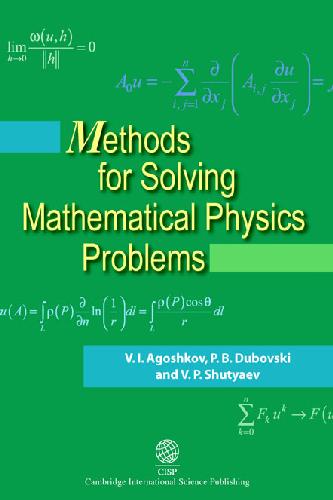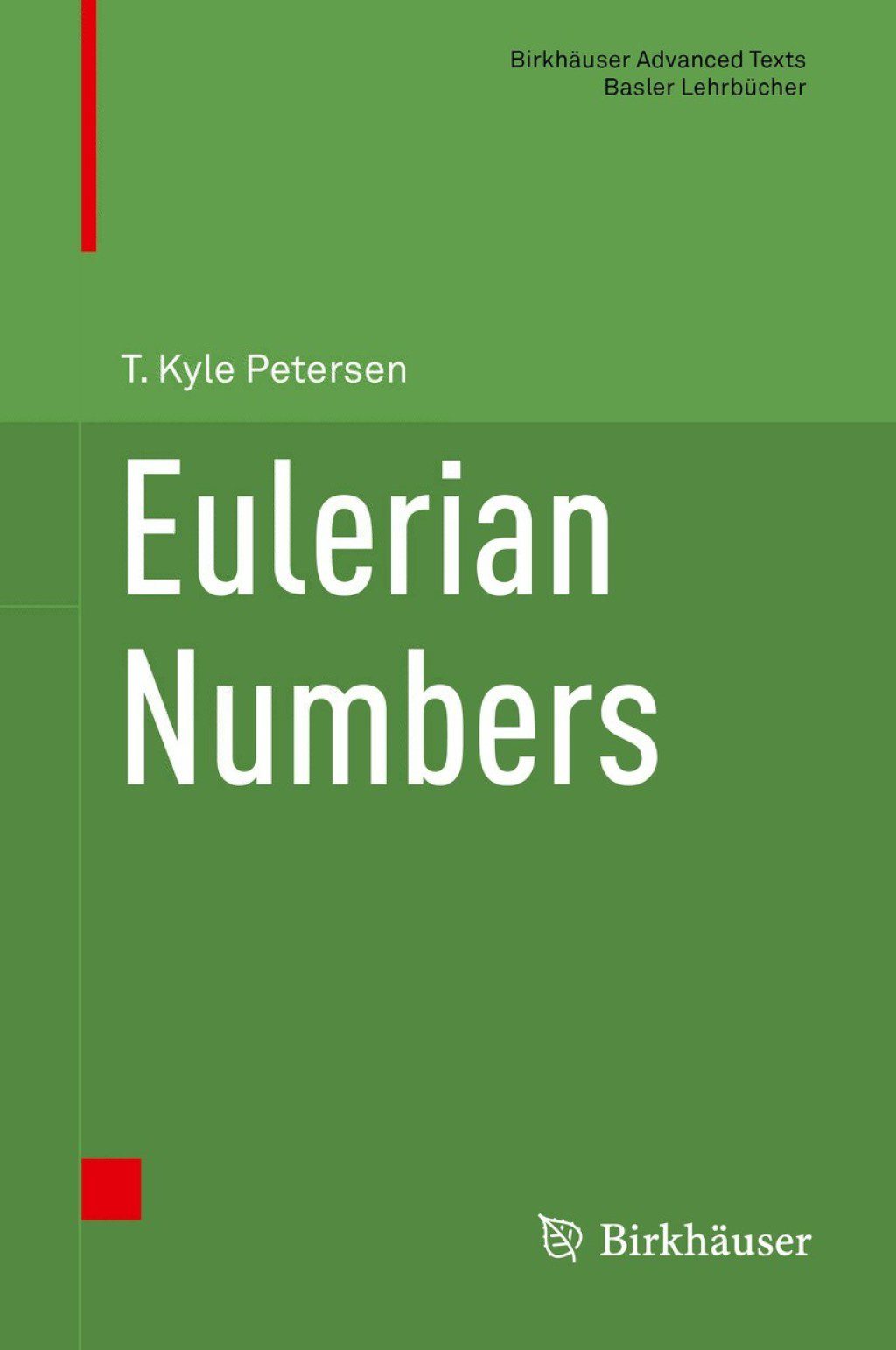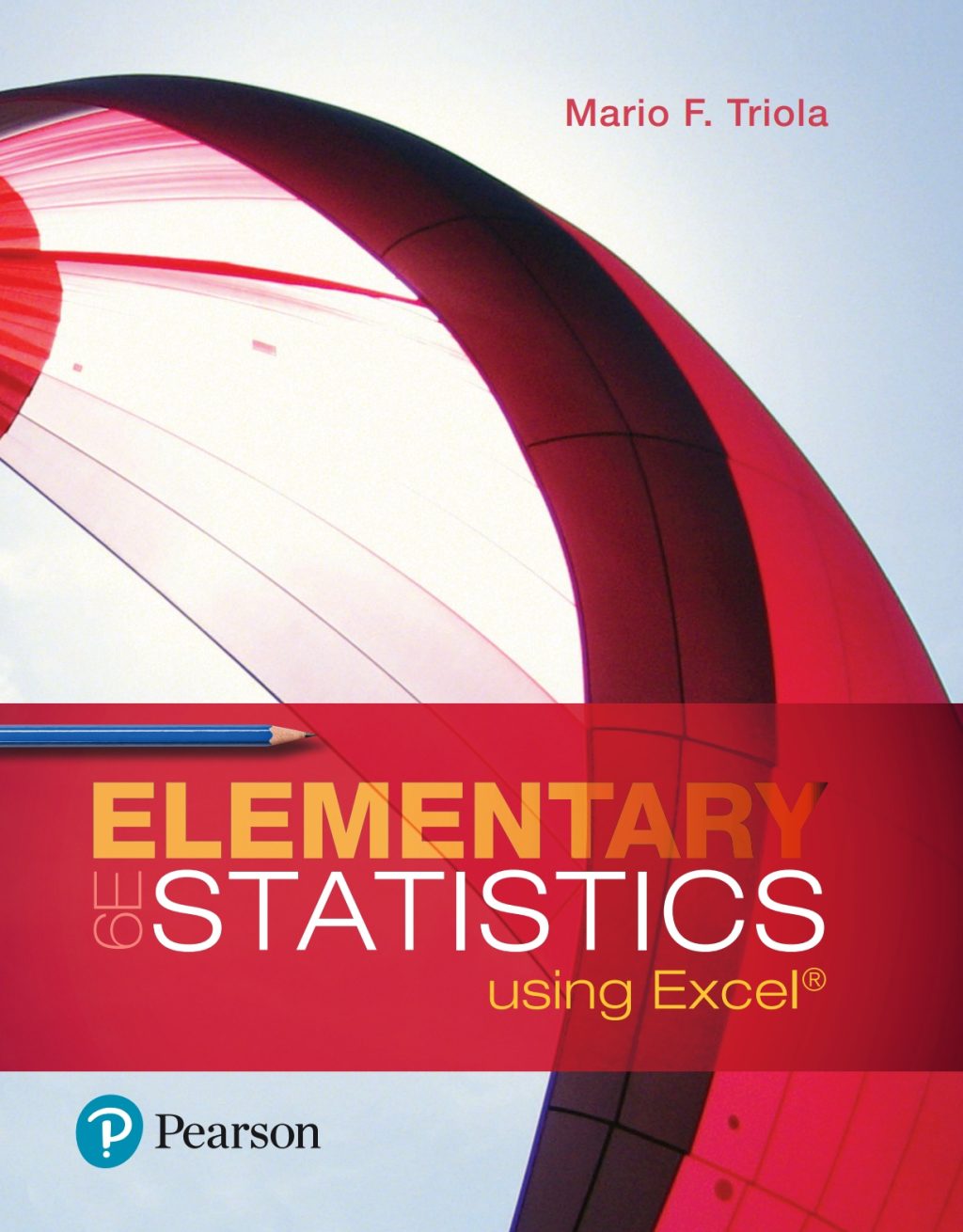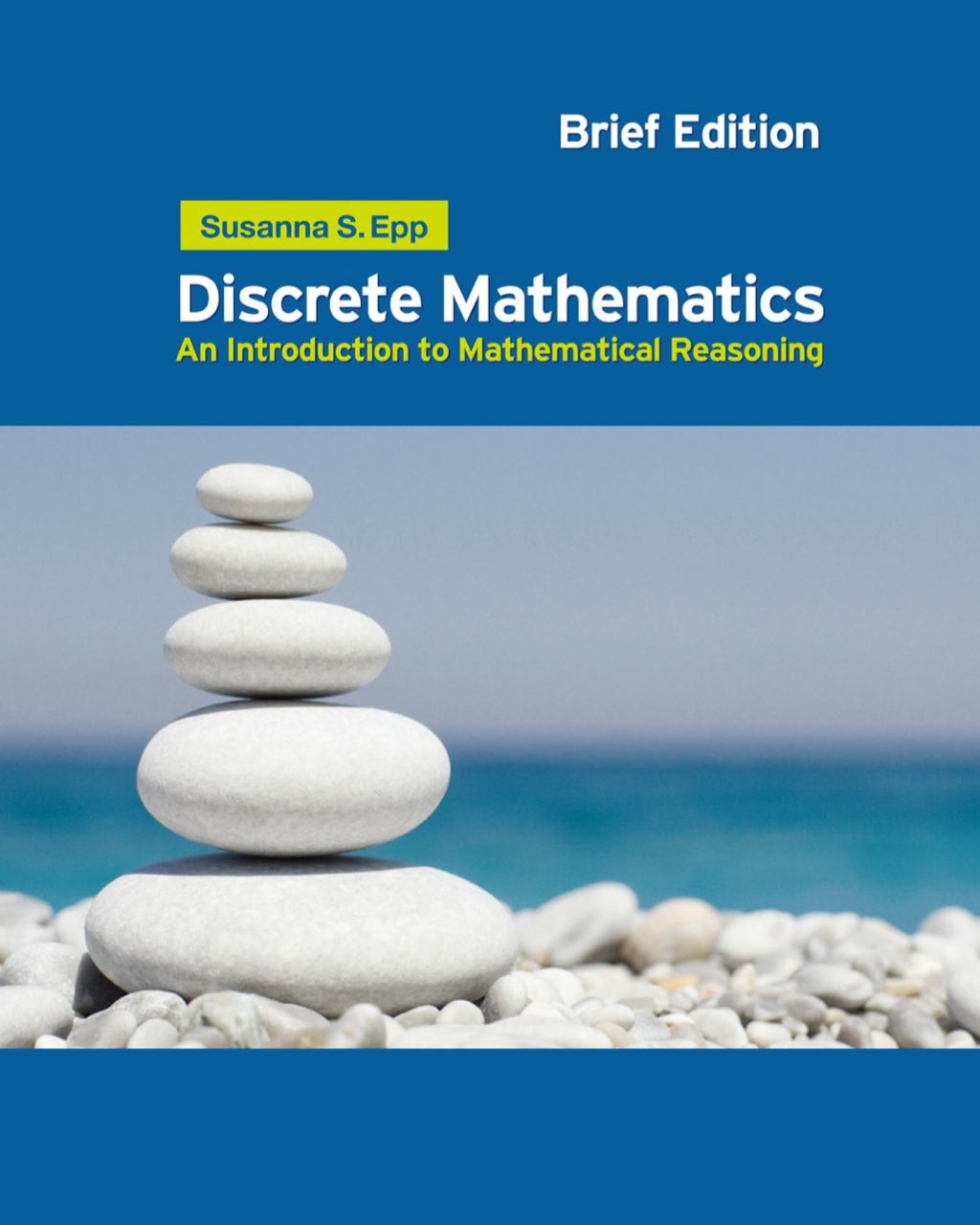Agoshkov V. I., Dubovsky P. B.
Table of contents :
Preface……Page 6
Contents……Page 8
MAIN PROBLEMS OF MATHEMATICAL PHYSICS……Page 16
1. INTRODUCTION……Page 17
2.1.1. Point Sets……Page 18
2.1.2. Classes C[sup(P)] (Ω), C[sup(P)] (Ω) [bar above omitted]……Page 19
2.2.1. Normalised space……Page 20
2.2.3. Spaces C[sup(λ)]
(Ω)……Page 21
2.2.4. Space L[sub(P)](Ω)……Page 22
2.3.1. Hilbert spaces……Page 24
2.3.3. Orthonormal systems……Page 26
2.4.1. Linear operators and functionals……Page 28
2.4.3. Adjoint, symmetric and self-adjoint operators……Page 30
2.4.4. Positive operators and energetic space……Page 31
2.4.6. Eigenvalue problems……Page 32
2.5.1. Generalized derivatives……Page 34
2.5.2. Sobolev spaces……Page 35
2.5.3. The Green formula……Page 36
3.1. Main equations of mathematical physics……Page 37
3.1.1. Laplace and Poisson equations……Page 38
3.1.2. Equations of oscillations……Page 39
3.1.4. Diffusion and heat conduction equations……Page 41
3.1.5. Maxwell and telegraph equations……Page 42
3.1.6. Transfer equation……Page 43
3.1.8. Classification of linear differential equations……Page 44
3.2.1. Classification of boundary-value problems……Page 47
3.2.2. The Cauchy problem……Page 48
3.2.3. The boundary-value problem for the elliptical equation……Page 49
3.2.5. Validity of formulation of problems. The Cauchy-Kovalevskii theorem……Page 50
3.3. Generalized formulations and solutions of mathematical physics problems……Page 52
3.3.1. Generalized formulations and solutions of elliptical problems……Page 53
3.3.2. Generalized formulations and solution of hyperbolic problems……Page 56
3.3.3. The generalized formulation and solutions of parabolic problems……Page 58
3.4.1. Variational formulation of problems in the case of positive definite operators……Page 60
3.4.2. Variational formulation of the problem in the case of positive operators……Page 61
3.4.3. Variational formulation of the basic elliptical problems……Page 62
3.5.1. Integral Fredholm equation of the 1st and 2nd kind……Page 64
3.5.2. Volterra integral equations……Page 65
3.5.3. Integral equations with a polar kernel……Page 66
3.5.5. Integral equation with the Hermitian kernel……Page 67
BIBLIOGRAPHIC COMMENTARY……Page 69
MAIN CONCEPTS AND DESIGNATIONS……Page 71
1. INTRODUCTION……Page 72
2.1.2. Main differential operations of the vector field……Page 73
2.1.3. Formulae from the field theory……Page 74
2.1.4. Main properties of harmonic functions……Page 75
2.2.2. The properties of the Newton potential……Page 76
2.2.4. Properties of the potential of volume-distributed masses……Page 77
2.3.2. The properties of the logarithmic potential……Page 78
2.4.1. Definition of the simple layer potential in space……Page 79
2.4.2. The properties of the simple layer potential……Page 80
2.4.4. The simple layer potential on a plane……Page 81
2.5.2. The double layer potential in space and its properties……Page 82
2.5.3. The logarithmic double layer potential and its properties……Page 84
3.1.1. Formulation of the boundary-value problems of the Laplace equation……Page 85
3.1.2 Solution of the Dirichlet problem in space……Page 86
3.1.3. Solution of the Dirichlet problem on a plane……Page 87
3.1.4. Solution of the Neumann problem……Page 88
3.1.5. Solution of the third boundary-value problem for the Laplace equation……Page 89
3.1.6. Solution of the boundary-value problem for the Poisson equation……Page 90
3.2.2. The Green function……Page 91
3.2.3. Solution of the Dirichlet problem for simple domains……Page 92
3.3.1. Schwarz method……Page 93
3.3.2. The sweep method……Page 95
4.1.1. Main facts……Page 96
4.1.2. Boundary-value problems for the Helmholtz equations……Page 97
4.1.3. Green function……Page 99
4.1.4. Equation Δv–λv = 0……Page 100
4.2.1 Potentials for the one-dimensional heat equation……Page 101
4.2.2. Heat sources in multidimensional case……Page 103
4.2.3. The boundary-value problem for the wave equation……Page 105
BIBLIOGRAPHIC COMMENTARY……Page 107
1. INTRODUCTION……Page 109
2.1. Formulation and theory……Page 110
2.2. Eigenvalue problems for differential operators……Page 113
2.3. Properties of eigenvalues and eigenfunctions……Page 114
2.4. Fourier series……Page 115
2.5. Eigenfunctions of some one-dimensional problems……Page 117
3.1. Spherical functions……Page 118
3.2. Legendre polynomials……Page 120
3.3. Cylindrical functions……Page 121
3.4. Chebyshef, Laguerre and Hermite polynomials……Page 122
3.5. Mathieu functions and hypergeometrical functions……Page 124
4.1. General scheme of the eigenfunction method……Page 125
4.2. The eigenfunction method for differential equations of mathematical physics……Page 126
4.3. Solution of problems with nonhomogeneous boundary conditions……Page 129
5.1. The problem of a bounded telegraph line……Page 130
5.3. Problem of the electrostatic field inside a cylinder……Page 132
5.4. The field inside a ball at a given potential on its surface……Page 133
5.5 The field of a charge induced on a ball……Page 135
6.1. Heat conductivity in a bounded bar……Page 136
6.2. Stationary distribution of temperature in an infinite prism……Page 137
6.3. Temperature distribution of a homogeneous cylinder……Page 138
7.1. Free oscillations of a homogeneous string……Page 139
7.2. Oscillations of the string with a moving end……Page 140
7.3. Problem of acoustics of free oscillations of gas……Page 141
7.4. Oscillations of a membrane with a fixed end……Page 142
7.5. Problem of oscillation of a circular membrane……Page 143
BIBLIOGRAPHIC COMMENTARY……Page 144
MAIN CONCEPTS AND DEFINITIONS……Page 145
1. INTRODUCTION……Page 146
2.1. Fourier transform……Page 147
2.1.1. The main properties of Fourier transforms……Page 148
2.2.1. Laplace integral……Page 149
2.3. Mellin transform……Page 150
2.4. Hankel transform……Page 151
2.6. Kontorovich-Lebedev transform……Page 153
2.7. Meller-Fock transform……Page 154
2.9. Laguerre and Legendre transforms……Page 155
2.10 Bochner and convolution transforms, wavelets and chain transforms……Page 156
3.1. Electrical oscillations……Page 158
3.3. Transverse vibrations of an infinite circular membrane……Page 161
4.1. Solving heat conductivity problems using the Laplace transform……Page 162
4.2. Solution of a heat conductivity problem using Fourier transforms……Page 163
5. USING INTEGRAL TRANSFORMATIONS IN THE THEORY OF NEUTRON DIFFUSION……Page 164
5.2. The problem of diffusion of thermal neutrons……Page 165
6.1. A two-dimensional vortex-free flow of an ideal liquid……Page 166
6.2. The flow of the ideal liquid through a slit……Page 167
6.3. Discharge of the ideal liquid through a circular orifice……Page 168
7.1. Axisymmetric stresses in a cylinder……Page 170
7.2. Bussinesq problem for the half space……Page 172
7.3. Determination of stresses in a wedge……Page 173
8.1. Exact solution of the coagulation equation……Page 174
8.2. Violation of the mass conservation law……Page 176
BIBLIOGRAPHIC COMMENTARY……Page 177
MAIN DEFINITIONS AND NOTATIONS……Page 178
1. INTRODUCTION……Page 179
2.1.1. Main concepts and definitions of the method……Page 181
2.1.2. General definitions of the net method. The convergence theorem……Page 185
2.1.3. The net method for partial differential equations……Page 188
2.2.1. The method of arbitrary lines for parabolic-type equations……Page 197
2.2.2. The method of arbitrary lines for hyperbolic equations……Page 199
2.2.3. The method of arbitrary lines for elliptical equations……Page 200
2.3. The net method for integral equations (the quadrature method)……Page 202
3.1.1. Variational formulations of problems……Page 203
3.1.2. Concepts of the direct methods in calculus of variations……Page 204
3.2.1. The classic Ritz method……Page 205
3.2.2. The Ritz method in energy spaces……Page 207
3.2.3. Natural and main boundary-value conditions……Page 209
3.3. The method of least squares……Page 210
3.4.2. Courant method……Page 211
3.4.3. Trefftz method……Page 212
3.5. Variational methods in the eigenvalue problem……Page 214
4.1.1. The Bubnov-Galerkin method (a general case)……Page 216
4.1.2 The Bubnov-Galerkin method (A = A[sub(0)] + B)……Page 217
4.2. The moments method……Page 219
4.3.1. The projection method in the Hilbert space……Page 220
4.3.3. The projection method in the Banach space……Page 221
4.4. Main concepts of the projection-grid methods……Page 223
5.1. The main concepts of the method……Page 225
5.2. The method of Marchuk’s integral identity……Page 226
5.3.1. Algorithm of constructing integral identities……Page 228
5.3.2. The difference method of approximating the integral identities……Page 229
5.3.3. The projection method of approximating the integral identities……Page 230
5.4.1. The method of integral identities for the diffusion equation……Page 233
5.4.2. The solution of degenerating equations……Page 234
BIBLIOGRAPHIC COMMENTARY……Page 238
1. INTRODUCTION……Page 239
2.1.1. The Cauchy problem……Page 240
2.1.2. The nonhomogeneous evolution equation……Page 243
2.1.3. Evolution equations with bounded operators……Page 244
2.2.1. The evolution system……Page 246
2.2.2. Stationarisation method……Page 247
2.3.1. Approximation……Page 248
2.3.2. Stability……Page 254
2.3.3. Convergence……Page 255
2.3.4. The sweep method……Page 256
3. SPLITTING METHODS……Page 257
3.1.2. The method of component splitting based on the Cranck- Nicholson schemes……Page 258
3.2.1. The method of two-cyclic multi-component splitting……Page 260
3.2.2. Method of two-cyclic component splitting for quasi-linear problems……Page 261
3.3.1. The implicit splitting scheme with approximate factorisation of the operator……Page 262
3.3.2. The stabilisation method (the explicit-implicit schemes with approximate factorisation of the operator)……Page 263
3.4.1. The predictor-corrector method. The case A = A[sub(1)]+A[sub(2)]…….Page 265
3.4.2. The predictor-corrector method…….Page 266
3.5.1. The alternating-direction method……Page 267
3.5.2. The method of stabilising correction……Page 268
3.6.2. Two-cyclic method of weak approximation……Page 269
3.7.1. The general concepts of the theory of iteration methods……Page 270
3.7.2. Iteration algorithms……Page 271
4. SPLITTING METHODS FOR APPLIED PROBLEMS OF MATHEMATICAL PHYSICS……Page 272
4.1.1. The fractional step method……Page 273
4.2.1. Locally one-dimensional schemes……Page 274
4.2.1. Splitting methods for Navier-Stokes equations……Page 277
4.2.2. The fractional steps method for the shallow water equations……Page 278
4.3.1. The non-stationary model of dynamics of sea and ocean flows……Page 283
4.3.2. The splitting method……Page 285
BIBLIOGRAPHIC COMMENTARY……Page 287
MAIN CONCEPTS AND DEFINITIONS……Page 288
1. INTRODUCTION……Page 289
2.1.1. Main definitions……Page 291
2.1.2. Derivative and gradient of the functional……Page 292
2.1.4. Derivatives of high orders and Taylor series……Page 293
2.2.1. Adjoint nonlinear operators and their properties……Page 294
2.3. Convex functionals and monotonic operators……Page 295
2.4.2. The theorems of existence of critical points……Page 297
2.4.4. The solvability of the equations with monotonic operators……Page 298
2.5.1. Minimizing sequences and their properties……Page 299
3.1. Non-linear equation and its variational formulation……Page 300
3.2. Main concept of the steepest descent methods……Page 301
3.3. Convergence of the method……Page 302
4. THE RITZ METHOD……Page 303
4.1. Approximations and Ritz systems……Page 304
4.2. Solvability of the Ritz systems……Page 305
5.1. Description of the Newton iteration process……Page 306
5.3. The modified Newton method……Page 307
6.1. Approximations and Galerkin systems……Page 308
6.2. Relation to projection methods……Page 309
6.4. The convergence of the Galerkin-Petrov method……Page 310
7.1. Formulation of the perturbation algorithm……Page 311
7.2. Justification of the perturbation algorithms……Page 314
7.3. Relation to the method of successive approximations……Page 316
8.1. The perturbation method for a quasi-linear problem of non-stationary heat conduction……Page 317
8.2. The Galerkin method for problems of dynamics of atmospheric processes……Page 321
8.3. The Newton method in problems of variational data assimilation……Page 323
BIBLIOGRAPHIC COMMENTARY……Page 326
References……Page 328
F……Page 332
M……Page 333
W……Page 334
Y……Page 335







Reviews
There are no reviews yet.